H1 Lagrange Shape Functions
In many cases, the partial differential equations that describe the continuous problem include derivatives of the dependant variables up to the second order, so that their integral form includes first order derivatives. These problems require shape functions that are continuous over the space domain (C0). Typical interpolation functions that satisfy this requirement are the H1-conforming Lagrange shape functions, which are continuous functions that can be expressed in terms of Lagrange polynomials.
Solid Mechanics applications use isoparametric elements, where the element topology and the primary unknowns use the same order of approximation (that is, they are interpolated using shape functions of the same polynomial degree).
Simcenter STAR-CCM+ offers 2D linear, 3D linear, and 3D quadratic Lagrange elements [947]. The unknowns are stored at element nodes. Quadratic elements increase accuracy by adding mid-side nodes between the corner nodes at each edge.
| 2D Linear Elements | |
|---|---|
Triangle
 |
Quad
 |
| 3D Linear Elements | |||
|---|---|---|---|
Tet4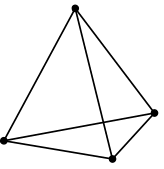 |
Wedge6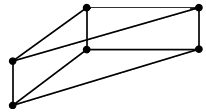 |
Hex8 |
Pyramid5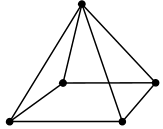 |
| 3D Quadratic Elements | |||
|---|---|---|---|
Tet10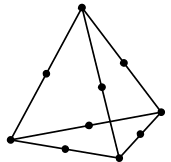 |
Wedge15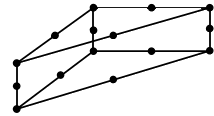 |
Hex20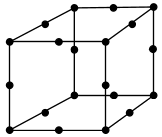 |
Pyramid13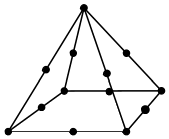 |
Consider an element with nodes. It is convenient to define a local coordinate system, so that the position of any point within the element can be defined using local coordinates .
If is the position vector of a point in the local coordinate system, the value of at point can then be written as:
- the index identifies the element nodes
- is the value of at the node
- is an H1 Lagrange shape function, which determines the contribution of the nodal value to
- Eqn. (4803) and all following equations use Einstein notation, which implies summation over repeated indices. For example,
If and are two element nodes, with , is defined so that:
- Linear Tetrahedron (Tet4)
- In tetrahedral elements, the local coordinates are :

- Linear Hexahedron (Hex8)
- In hexahedral elements, the local coordinates are :

From Local to Global: Parametric Mapping


Shape Function Derivatives
The derivatives of the variable with respect to the undeformed coordinates are related to the nodal quantities through:
The derivatives of the shape functions with respect to the undeformed physical coordinates are determined from the derivatives of the shape functions with respect to the natural coordinates through:
where:
and is the inverse of the Jacobian transformation, :